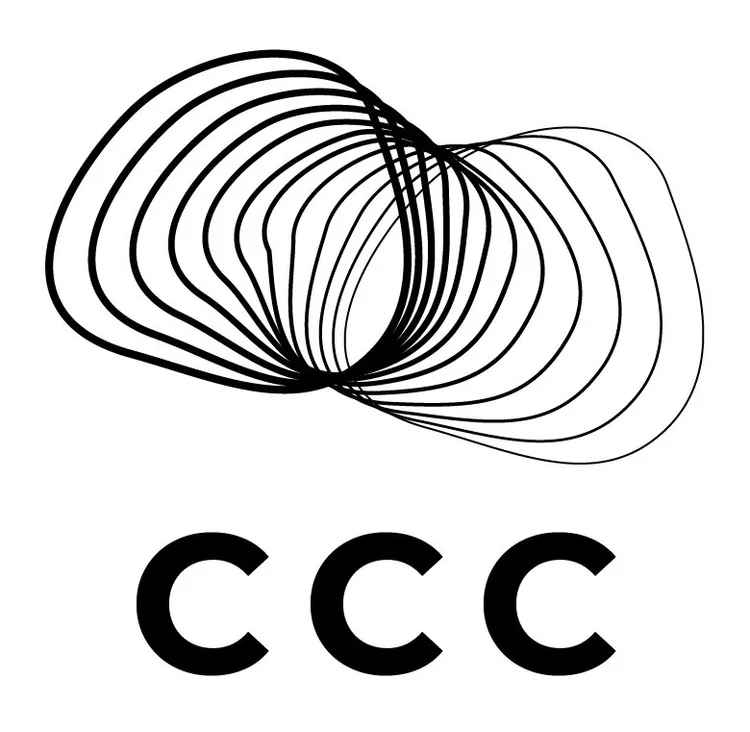by Miranda Campbell
Photos by JoH (www.photobyjoh.com)
In high school, Mathew Murray was an avid fan of teen dramas like The O.C. and One Tree Hill. Watching TV with his Black and Muslim friends, Murray reflected on the whiteness of these shows, and asked who was being left out of the conversation about what it means to be a teen. As the creator of the show Teenagers, Murray is now asking “what’s going on being the scenes” in TV content creation, and seeks to tell the stories of “complex females, people of colour, and people’s whose sexualities don’t fit” into dominant representations.
This anecdote and a wealth of others emerged during a recent panel co-presented by the Independent Webseries Creators of Canada (IWCC) and the Bell Diverse Screenwriters Program that was organized and moderated by Emilia Zboralska, one of the Board of Directors ofthe IWCC. With the rise of discussions like #OscarsSoWhite, the lack of diversity in TV and film is now being widely acknowledged, but what to be done about it remains unclear. The IWCC panel investigated barriers to entry into content creation in film and TV, and asked whether or not the gatekeeperless environment of the Web can foster a more equitable route into content creation.
In her PhD research, Zboralska is studying this question by analyzing the experiences of Web content creators, some of whom were featured on the IWCC panel. Analyzing the data on labour in the screen industry, Zboralska has found a dramatic underrepresentation of women and minorities working in the field. But her analysis of recipients of Independent Production Fund grants for web series has found that much of these dynamics are being reproduced with this funding.
Nonetheless, the panelists at the IWCC event advocated a “just do it” approach of pushing to create and tell diverse stories despite challenges and opposition.
When JP Laroque pitched his show Gay Nerds to networks, responses varied from “can gays be nerds?” to “all the gay stories have already been told.” For Samantha Wan, the frustration with being cast in limited and stereotypical Asian roles like mail-order bride and geisha led her to want to create her own work. Assembling a diverse crew that included people of colour as writers and showrunners for her show Sudden Master proved to be a challenge when shopping the show to networks – broadcasters’ responses pointed to the “lack of experience” of these folks.
For Bobby Del Rio, creator of IRL, these kinds of responses point to systemic barriers to entry in film and TV, where contacts, experience, and wealth create an uneven playing field. Del Rio argues that creating more diversity in film and TV starts with the overt desire to do so, pointing to the shared manifesto for his series that outlines central tenets for the show, like “creating a world you want to see.”
Creating web series can be a way to connect immediately and more directly with audiences, and the panelists shared their experiences finding audiences who are hungry to see themselves reflected in the media. Murphy suggested that it’s important to see all kinds of people in “normal situations.” But creating a series directly for the Web also means encountering a world that can be toxic and hostile. Murphy noted that online comments about the female characters on Teenagers can be “slut shaming” and “pretty ugly.”
In her research on web content creators, Zboralska has noted the predominance of self-funding to create these shows, with shoestring budgets that can start with no money at all. After getting the show created, a further challenge is to monetize the content that is released directly to the Web for free. Creators might hope for their shows to be picked up by networks, but create their content with no guarantees.
There are no easy answers for these questions, but the IWCC panel provide an important forum for some of these issues to be raised. Judging by the full audience at the event, these issues on are the minds of many. The panelists ended their talk by listing sources of funding—sharing knowledge and resources and creating opportunities to do so might be one place to start.
Photos by JoH (www.photobyjoh.com)


